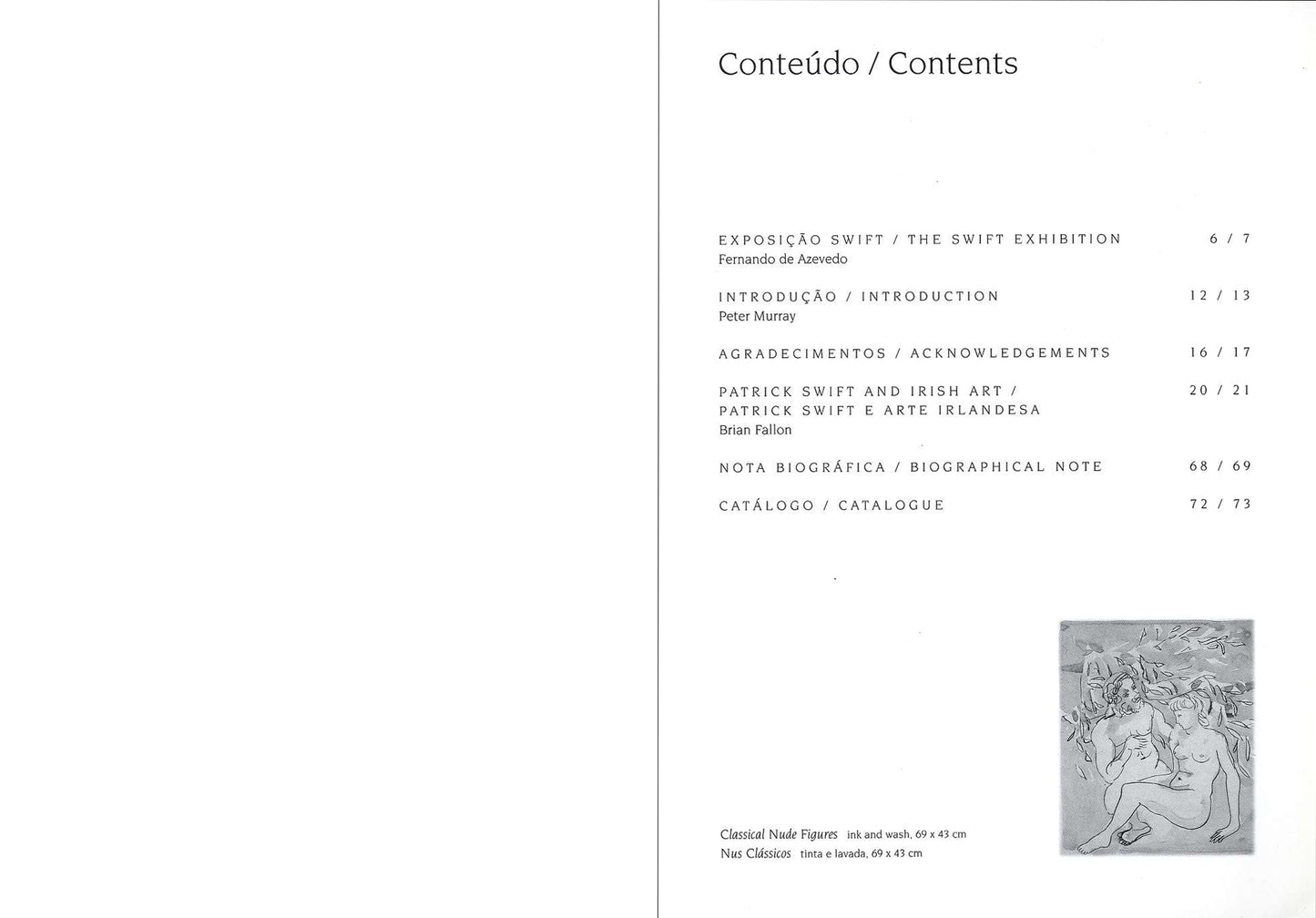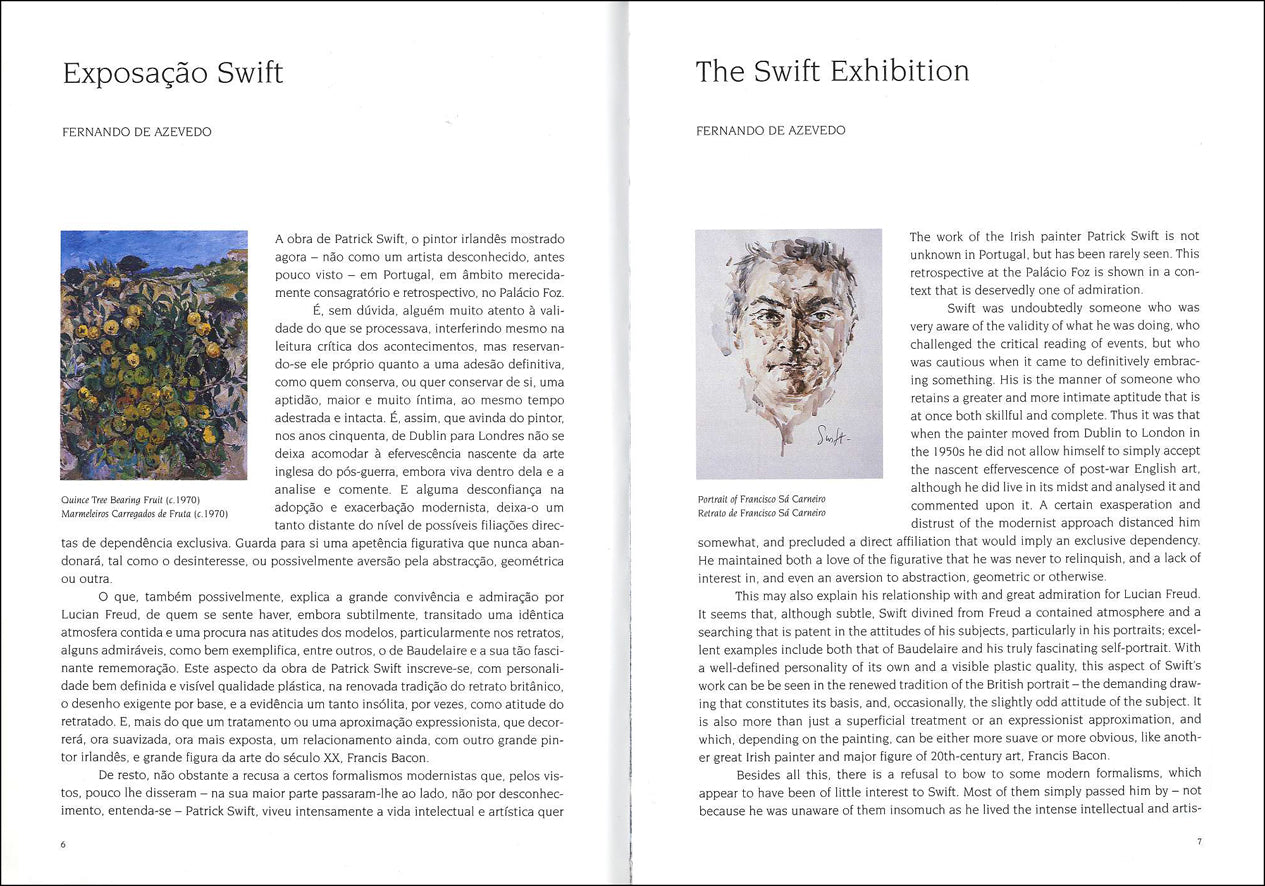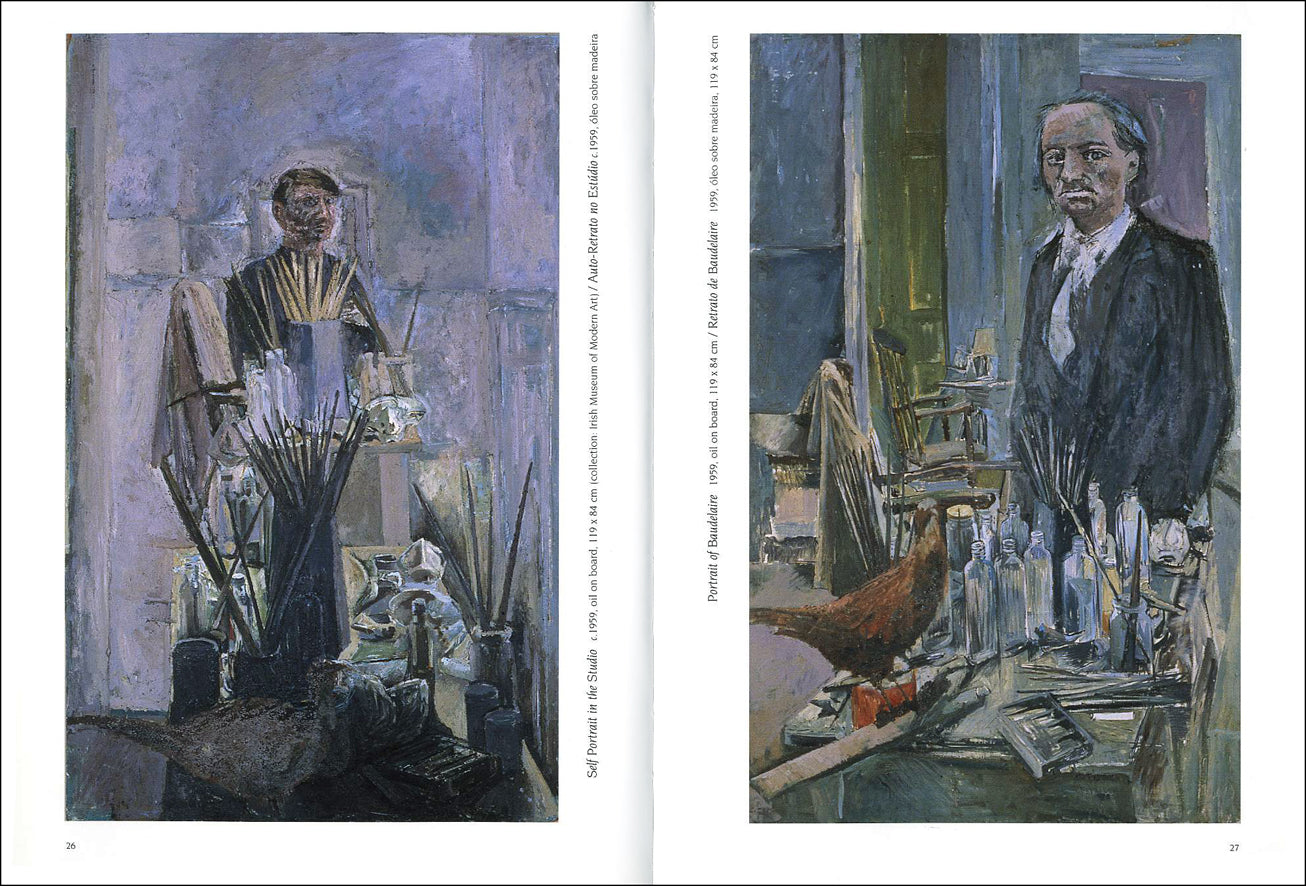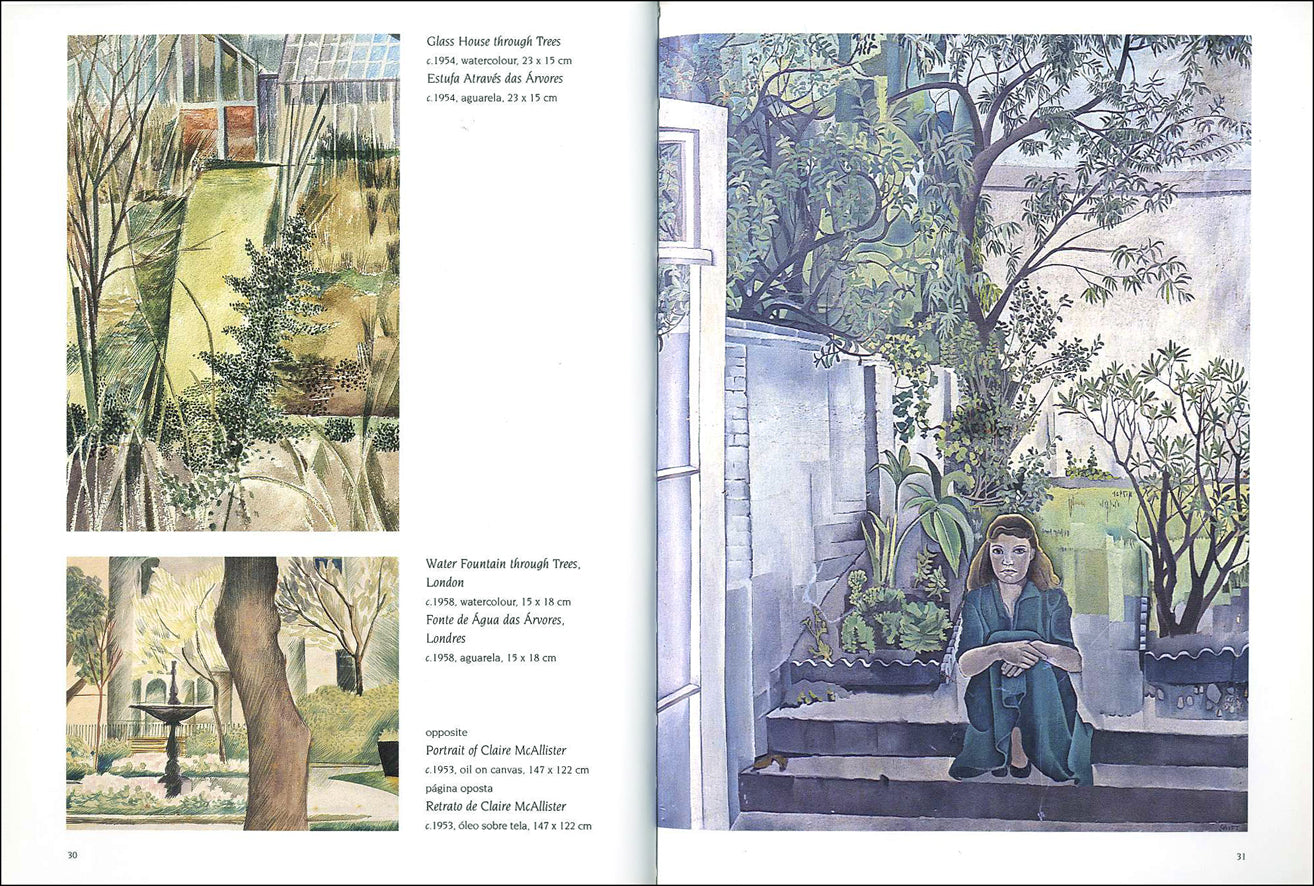Crawford Art Gallery
PATRICK SWIFT (1927-1983) – An Irish Painter in Portugal
PATRICK SWIFT (1927-1983) – An Irish Painter in Portugal
Couldn't load pickup availability
Share
essay by Brian Fallon, intros by Fernando de Azevedo, Peter Murray
ISBN 978 0946846 757 80 pages (paperback) 24x17cm 35 illus text: Eng / Portuguese
In this book, the full range of Patrick Swift's creative work is encompassed – figurative portraits and still lifes, designs for azulejo tile friezes, original painted ceramics, illustrations for books on Portugal, and the many drawings and watercolours which constituted a visual diary of the artist’s life.
EXTRACTS
"Swift was undoubtedly someone who was very aware of the validity of what he was doing, who challenged the critical reading of events, but who was cautious when it came to definitively embracing something. His is the manner of someone who retains a greater and more intimate aptitude that is at once both skillful and complete. Thus it was that when the painter moved from Dublin to London in the 1950s he did not allow himself to simply accept the nascent effervescence of post-war English art, although he did live in its midst and analysed it and commented upon it. A certain exasperation and distrust of the modernist approach distanced him somewhat, and precluded a direct affiliation that would imply an exclusive dependency. He maintained both a love of the figurative that he was never to relinquish, and a lack of interest in, and even an aversion to abstraction, geometric or otherwise. This may also explain his relationship with and great admiration for Lucian Freud. It seems that, although subtle, Swift divined from Freud a contained atmosphere and a searching that is patent in the attitudes of his subjects, particularly in his portraits; excellent examples include both that of Baudelaire and his truly fascinating self-portrait. With a well-defined personality of its own and a visible plastic quality, this aspect of Swift’s work can be be seen in the renewed tradition of the British portrait – the demanding drawing that constitutes its basis, and, occasionally, the slightly odd attitude of the subject. It is also more than just a superficial treatment or an expressionist approximation, and which, depending on the painting, can be either more suave or more obvious, like another great Irish painter and major figure of 20th-century art, Francis Bacon."
— from the introduction by Fernando de Azevedo
"One motif which he took with him to London was a love of urban views seen from a window – his studio window, presumably – of old gardens and backyards, an everyday world somehow peopled with possibilities of human lives and encounters. This world existed very strongly in Dublin at the time, especially behind the tall Georgian or neo-Georgian houses of Baggot Street, Pembroke Road, Waterloo Road, and other quintessential southside areas. It had a special appeal, or at least a special significance, to the bohemian intelligentsia of McDaid’s and the other literary pubs, who often lived temporarily in such places and certainly went to parties, discussions or drinking sessions in them. Just as the Soho or Camden Town of Sickert’s time remains embedded in his work, so the psychological aura of the 1950s haunts Swift’s paintings, as it does Lucian Freud’s rather similar views from his various London studios. The milieus of McDaid’s and of bohemian Soho, after all, were closely allied, and many people, including Swift, travelled from one to the other...
Swift seems to have fitted into this milieu without any strain, though in a sense he was already indoctrinated or initiated, since Soho was merely a bigger and more varied version of McDaid’s and the Dublin bohemia. In fact, he became, to a large extent, its portraitist and recorder, just as his friend and admirer Edward McGuire was to record the literary Dublin of the fifties and sixties. Swift’s portraits of George Barker, Patrick Kavanagh, David Wright and others of his circle include some of his best works, and are among the finest portraits painted in Britain at this period."
— from the essay by Brian Fallon
|
CONTENTS The Swift Exhibition Fernando de Azevedo 7 |










